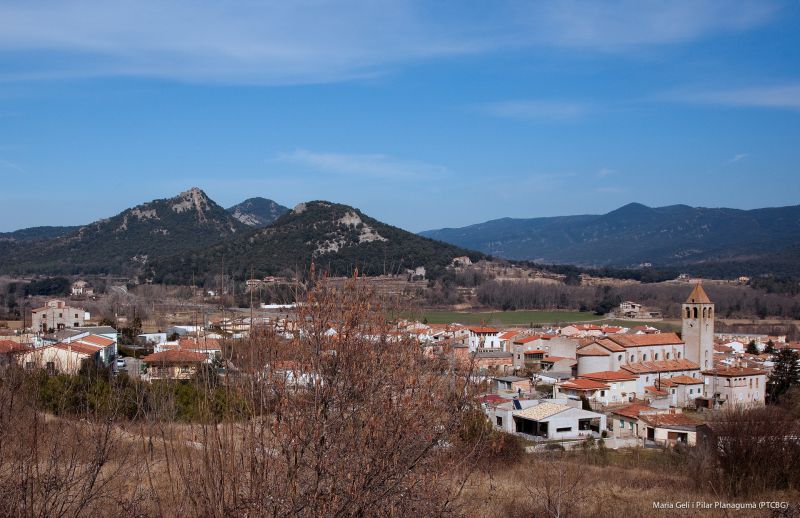Route through the old town of Les Planes
30 min3 km
Easy
This is a short and easy route starting from the town centre. The terrain is fairly flat, and it takes about 30 minutes.
Continue on to Plaça Espanya, where you will find the fountain of the Bomba, which has been consistently supplied with water from an underground well since 1910. Further up the street is the parish church of Sant Cristòfol.
By walking you can reach the Spain Square, where the source of the Bomba is highlighted, thanks to which the residents, since 1910, have supplied themselves with water by bringing it up from an underground well. Continuing up the street is theSant Cristòfol parish church.
From the church square you can see the football field and the Ajuntament (town hall), formerly the village prison some fifty years ago.
Continuing along Carrer Joan Vidal, on the left is the old parochial hall, previously run by the nuns as a private school exclusively for girls. To the right is the restored building, La Cooperativa.
Following the Calle Joan Vidal, on the left is the old parish center where the nuns used it as a private school, exclusively for girls. On the right is the restored building of The Cooperative.
Passing down Carrer Balmes, the route continues along Carrer de la Font, where most of the houses bear witness to their age on their lintels.
At the top of the street is the fountain of Can Roure, built in 1767 by the house of La Vedruna. Within walking distance is the Vedruna washing place, where people can still be seen washing clothes.
Pass by the washing place on the right, and continue straight, then you will arrive at the Àngel fountain and eventually at the hermitage of the Àngel. Then, return to the Vedruna washing place and connect to the street, Nou de la Vedruna, where the old Vedruna House from the 13th century stands, giving its name to this whole zone.
Continuing to Avenida Narcís Arnau, next to the road, you pass the modernist-style Sant Cristòfol school, inaugurated at the end of 1918.
To end this urban route, walk up the Rambla, named after Dolors Moreno who donated her land to develop this whole sector. The terraced houses, the square and the boulevard were built in the mid-20th century.
